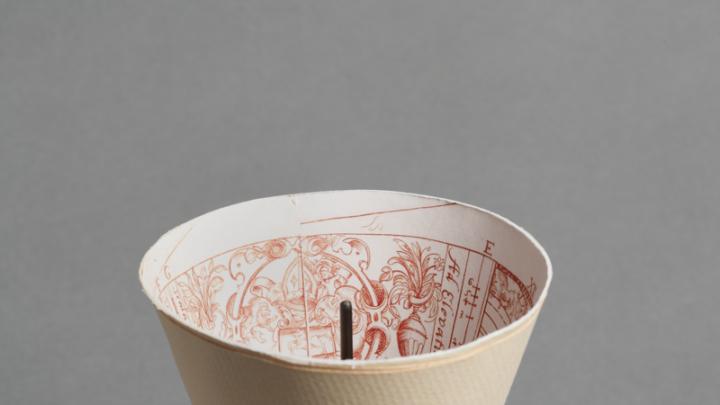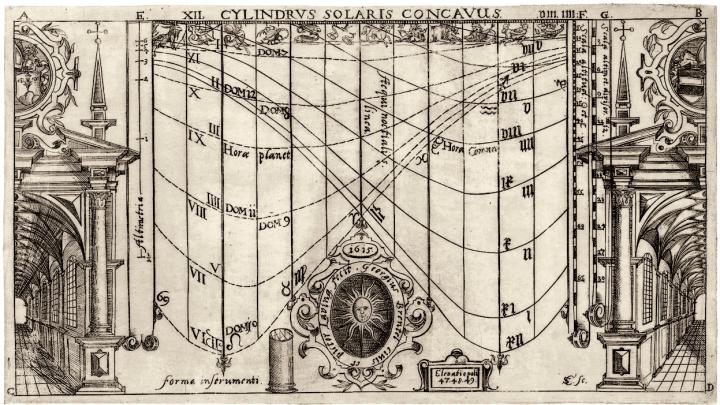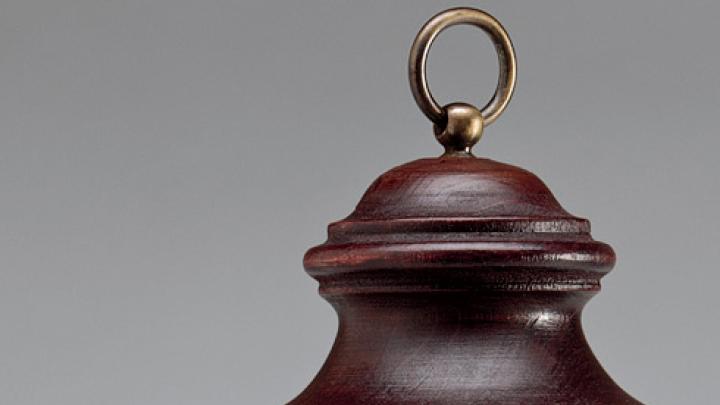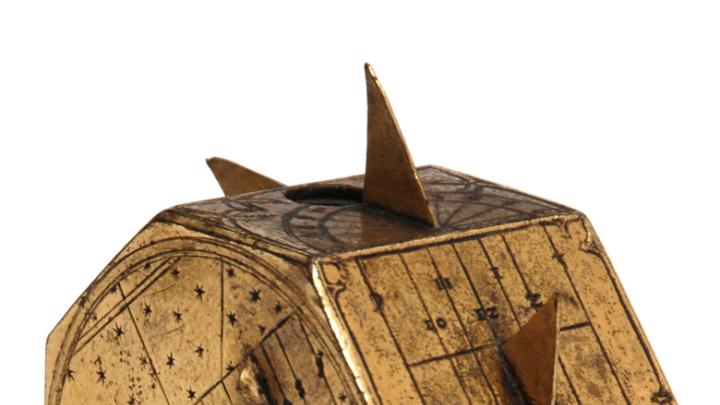These Photographs show seventeenth-century printed-paper sundials—the detailed engravings include instructions for building the finished products, created in this case by curators at the Sackler Museum. As Jennifer Carling and Jonathan Shaw point out in “Spheres of Knowledge,” from the November-December 2011 issue, sundials would have allowed traveling merchants not only to tell time, but also to convert among the three different time-telling systems of the day as they traveled from one region to another.
Sundials in Early Modern Europe
Photographs of early modern printed-paper sundials






You might also like
Breaking Bread
Alexander Heffner ’12 plumbs the state of democracy.
Reading the Winds
Thai sailor Sophia Montgomery competes in the Olympics.
Chinese Trade Dragons
How Will China’s Rapid Growth in the Clean Technology Industry Reshape U.S.-China Policy?
More to explore
Harvard Philosophy Professor Alison Simmons on "Being a Minded Thing"
A philosopher on perception, the canon, and being “a minded thing”







